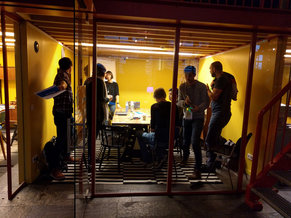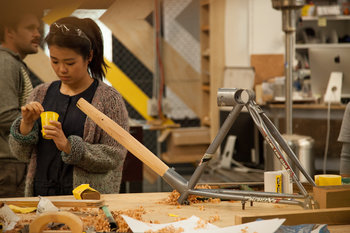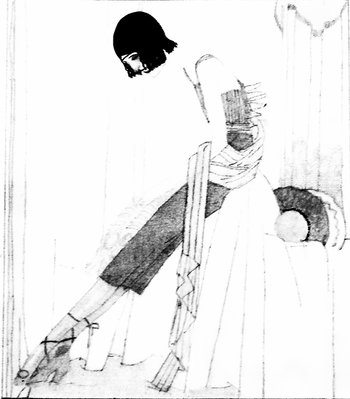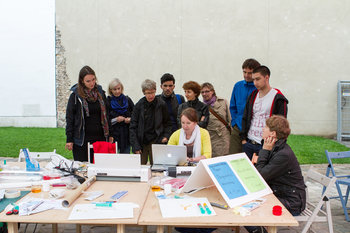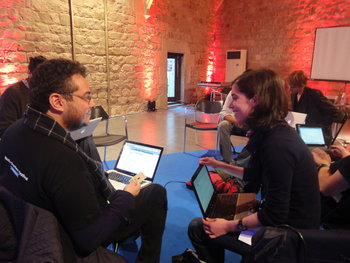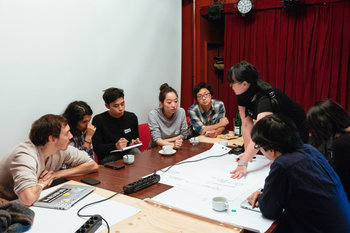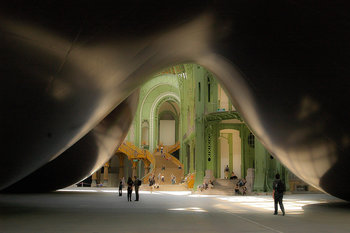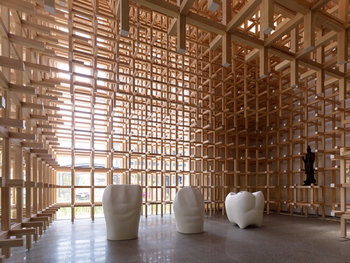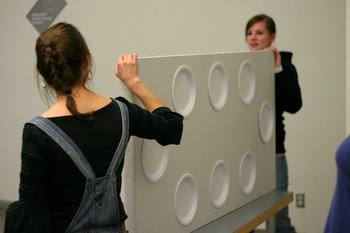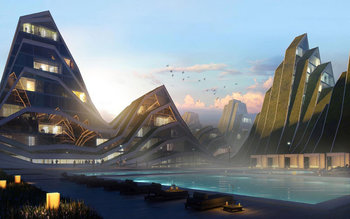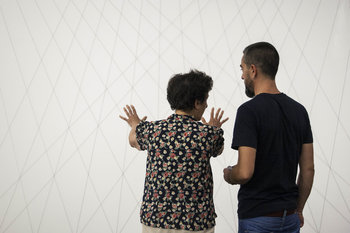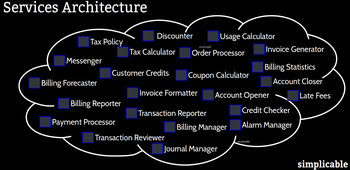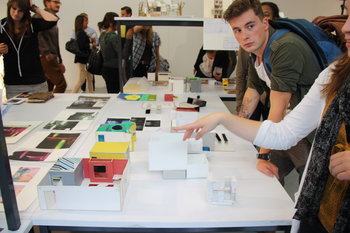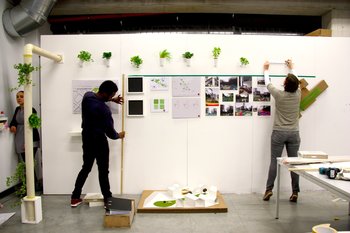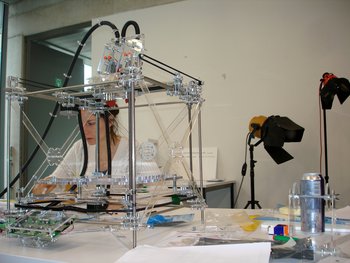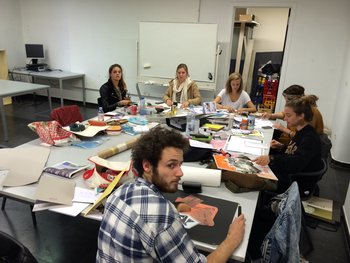BrandingA brand guide to follow such as how to use a corporate logo. | Business RulesBehavior of a system often in the form if .... then .... |
ColorColor palettes to use or restrictions on colors. | ComplianceStandards or practices such as accessibility or security guidelines. |
Consistency & CohesionThe requirement that a design be consistent with other things. For example, an interior design for a room that matches the rest of a house. | ContentContent such as text, logos, icons or photos to be used in the design. |
Content StyleDirection as to the style of content such as a style guide for written text. | CustomizationRequirements that users be able to configure things. |
DeliverablesWhat the design itself will include such as drawings, user interface specifications and so forth. | Design AssumptionsA set of assumptions such as a technology that will be used. |
Design ConceptA general concept that a design needs to capture. For example, a room that feels natural. | Design ConstraintsConstraints such as a budget. |
Design MoodA visual concept for the design such as a mood board for a brand. | Design Objectives / GoalsWhat the design is meant to achieve. |
DurabilityHow long the design must last. | Error HandlingIdentification of error states and how to handle them. |
FeaturesHow the design implements functions. For example, buttons on a user interface. | Form FactorThe shape or 3d form of a design. |
FunctionsWhat the design does. | HelpHow the design is explained to the user. |
IconographyRequirements for symbols and icons and their use. | InputsInputs such as user inputs or data used by a design. |
Layout / CompositionDirection regarding the layout or composition of a design such as a room that must be open concept. | LearnabilityRequirements for learnability. For example, a design that must be intuitive with nothing to learn. |
Look & FeelSpecifications for user experience at the sensory level such as touch and visual experience. | MaterialsThe materials to be used. For example, a chair that must be wood. |
Media SpecificationsSpecifications for media such as photographs to be used in a design. | OptionsUser or admin options to change the functions, features, interface and look of a design. |
PackagingRequirements for product packaging. | PerformanceThe target performance of a design such as how much weight a chair can safety support. |
PersonalizationRequirements that a design automatically change based on what is known about the user. | QualityRequirements for design quality such as acceptance criteria. |
ReliabilityTarget reliability such a system that must be up 99.999% of the time. | ReportingMetrics and other data reported by the design. |
ResilienceStresses the design must handle. For example, a waiting room in a theme park that must handle 30,000 guests a day for 50 years without any major maintenance. | SafetySafety requirements such as a room that requires a fire-resistant barrier. |
SecurityPhysical and information security requirements. For example, a vehicle barrier requirement for a pedestrian walkway. | Sensory RequirementsRequirements for sensory experience such as the taste of a product. |
StructureThe structure of a design such as the user interface depth of an information environment. | StyleDirection as to the required style of a design such as architecture that must align to a local architectural style. |
Technical RequirementsTechnical requirements such as the database a system will use. | Typography / FontSpecifications for typography such as font and spacing. |
Universal DesignRequirements that the design be accessible to a broad range of people including people with disabilities. | UsabilityDirection as to the usability of a design. For example, a design that is intuitive for a novice user. |
Use CasesSpecifications of how users will interact with the design. | User ExperienceRequirements for user experience. For example, a search box that should never override or change what the user has typed. |
ValidationsValidation rules for user input. |
 |
A-Z | Popular | Blog | Design | Search » |



